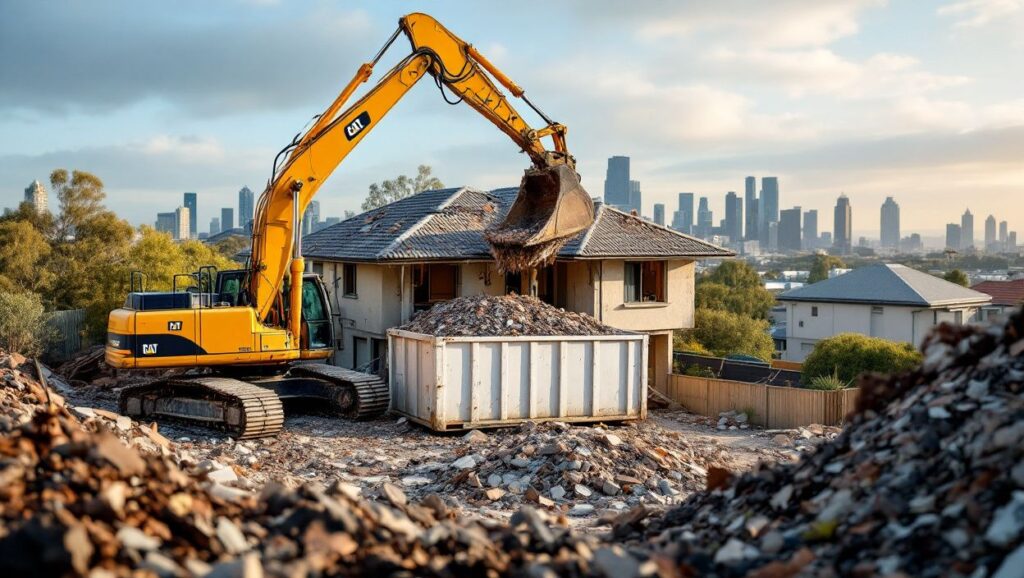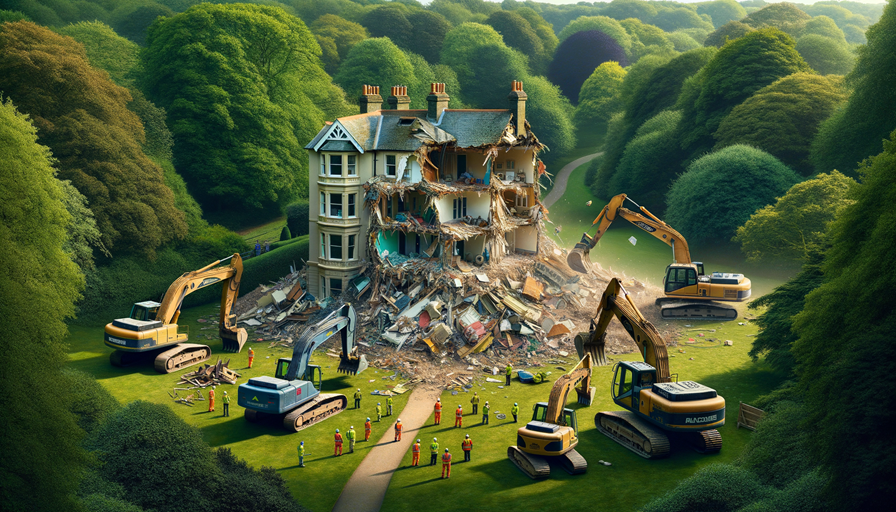The world is constantly changing, and with it, our built environments. The process of demolition, including residential demolition, house demolition, and even larger structural removals, can have profound effects on local ecosystems. In this post, we’ll explore the ecological implications of demolition, focusing specifically on the impact on local fauna and flora, and consider some solutions to minimize the negative impacts of demolition.
Demolition and its Impact
Residential Demolition and House Demolition
The demolition of house structures and other residential buildings is a common occurrence in urban environments. This form of demolition often leads to significant changes in the local habitat. The following are key impacts that stem from residential demolition:
- Loss of Habitat: House demolition often disrupts local habitats where birds, mammals, insects, and other creatures reside. It can result in a sharp decline in native species.
- Soil Disruption: The very act of demolition disturbs the soil structure, potentially releasing toxins and altering the soil’s physical properties. This can affect the growth and sustainability of local flora.
- Water Contamination: Demolition activities can lead to contamination of local water bodies due to runoff from materials like asbestos, lead, and other hazardous substances.

Larger Structural Demolition
When larger structures are demolished, the ecological impact can be even more pronounced. This includes potential disruption to migratory patterns, loss of food sources, and fragmentation of habitats.
We are experienced Demolition Company based in Melbourne, Victoria that offer top-tier demolition services all around Melbourne and across Victoria, Australia.
For all your Demolition needs contact us to GET FREE QUOTE NOW!
Solutions to Minimize Negative Impacts of Demolition
It’s essential to recognize the relationship between demolition and local ecosystems and to work proactively to mitigate the negative effects. Here are some thoughtful solutions:
- Pre-Demolition Assessment: Conducting a thorough ecological assessment prior to demolition helps identify critical habitats and species that may be affected. This information guides mitigation strategies.
- Use Eco-Friendly Demolition Methods: Employing techniques that minimize waste and pollution is essential. This includes recycling and reusing materials, controlling dust and debris, and carefully managing hazardous materials.
- Implement Wildlife Protection Measures: If wildlife habitats are to be affected, ensure that appropriate relocation efforts are made, and time demolition to avoid sensitive periods like nesting or breeding seasons.
- Post-Demolition Restoration: After demolition, efforts should be made to restore the local ecosystem. This may include replanting native vegetation and monitoring the recovery of fauna and flora.
- Community Engagement: Engage local communities in the planning and execution of demolition projects. This collaboration ensures that local interests and ecological considerations are addressed.
Conclusion
Demolition, be it residential demolition, house demolition, or the removal of larger structures, has undeniable effects on local ecosystems. By recognizing the delicate relationship between demolition and local ecosystems, and by implementing responsible solutions to minimize negative impacts of demolition, we can help preserve the environmental balance.
The path forward requires collaboration among construction companies, environmental experts, local authorities, and communities. Together, we can build a future where demolition is carried out with the care and consideration that our planet’s intricate ecosystems deserve.

